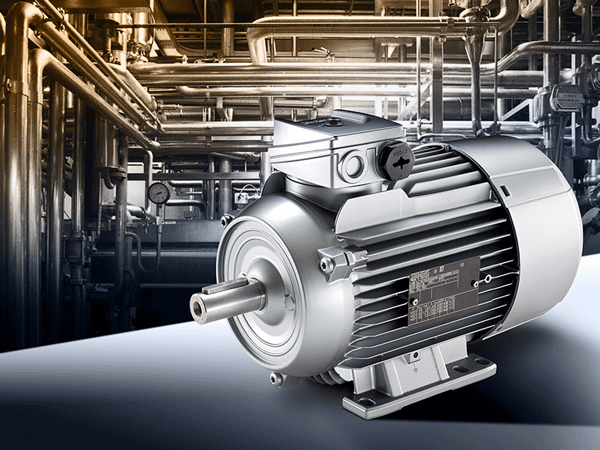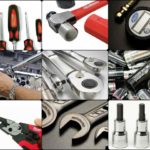When we talk about an industrial motor or general purpose motor as most people would say, this usually implies the squirrel cage induction motor (it has been given this particular name because it looks almost like a hamsters cage). If you are looking for an industrial motor to make your company or workplace run more efficiently then there are certain aspects of a general motor that you need to understand. Below we will break down the different components of an industrial motor, general purpose motor, or squirrel cage motor, whichever term you prefer, into enclosure type, speed and design and more. It is important to have an understanding of any equipment you might be dealing with.

It is essential to know the different components of a motor before selecting one that would best suit your needs. The first part you should know about is the motor enclosure. By industrial standards, there are 20 different types of motor enclosures which generally fall into two categories, open and enclosed. Open motors have been designed to cool down the motor with openings for air. ODP or the open drip-proof motor is most common and is found in most open motor settings. While most enclosed motors would use some kind of screen to combat particles and water entering this open drip-proof motor uses strategically placed ventilation openings to keep water and debris out.
An enclosed motor, however, is designed to stop the exchange of air inside the motor with air outside of the motor. The most common workplace enclosed motor is the TEFC in other words the totally enclosed fan cooled motor which is attached with a fan on one side of the motor to cool the motor down.
The next important aspect of an industrial motor you should look at, is the speed and torque. How much energy you want to use and how fast you want to get things done, all depends on the motor speed. The speed can be measured by what rate the rotor rotates when the motor is turned on. When you’re looking for how much energy a motor will use, you look at the speed. And when you want to know how efficient and how well a motor will perform, look for the slip.
To know the slip you have to take the difference between the operating speed and the synchronous speed. The main thing to take into consideration is how the speed can effect other things you might need from the motor. For example, a motor with small slip has a lower starting torque when compared to a motor with a high slip. This might not be best for you if you have applications that need high starting torque. The speed and slip of a motor can vary with every motor so you need to do your research and choose a motor that is right for you and your industrial needs.
Torque is the twisting force that happens by the motor shaft on the load. There are four common terms used to describe torque when it’s being related to speed. The first term you may hear is locked rotor torque, breakaway torque or starting torque; they all mean the same thing and it is the amount of torque you need to start a machine rotating from when it’s still. The second term pull up torque is the torque that is measured between zero speed and the breakdown torque when the motor is running at the recommended frequency. Breakdown torque is a term used to describe the maximum amount of torque developed when the motor is in full acceleration, and lastly the full load torque is when the motor is operating at full load speed.
There are a few other things to consider when looking at an industrial motor. The first thing you should take into consideration is the motor load, the term means at what capacity the motor can work most efficiently. Most motors operate the best between 50% – 75% of rated load. You should also inform yourself on the different temperature ratings that motors come in. The difference is in the insulation classes. The most common one of these classes is Class B which you will find being used in most common workplace environments. F and H insulation is most popular in workplaces where it get’s hot. So knowing the difference between the different components that make up an industrial motor and how they might affect your workplace ability to work quickly and efficiently could mean the difference between success and failure.
You can find industrial motor and related parts at more warehouses locally that sell other industrial needs; you can also find a large variety of industrial motors and industrial motor parts online available for you to compare, browse and buy.















